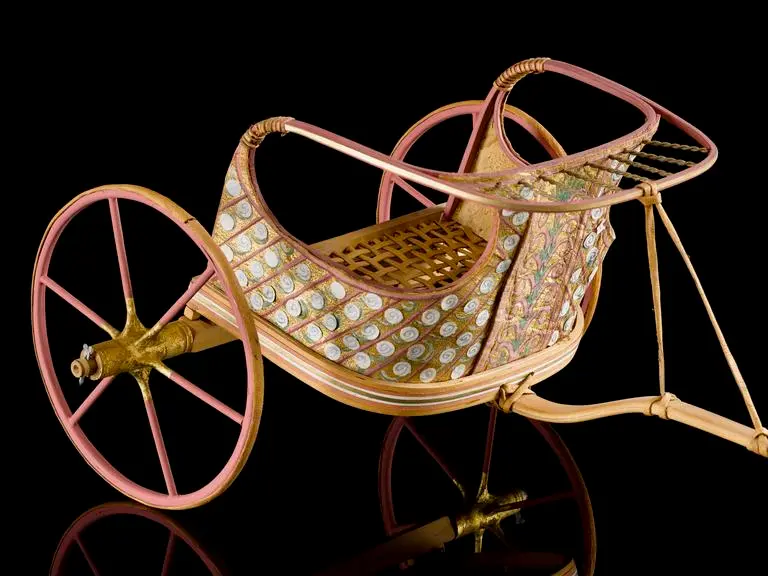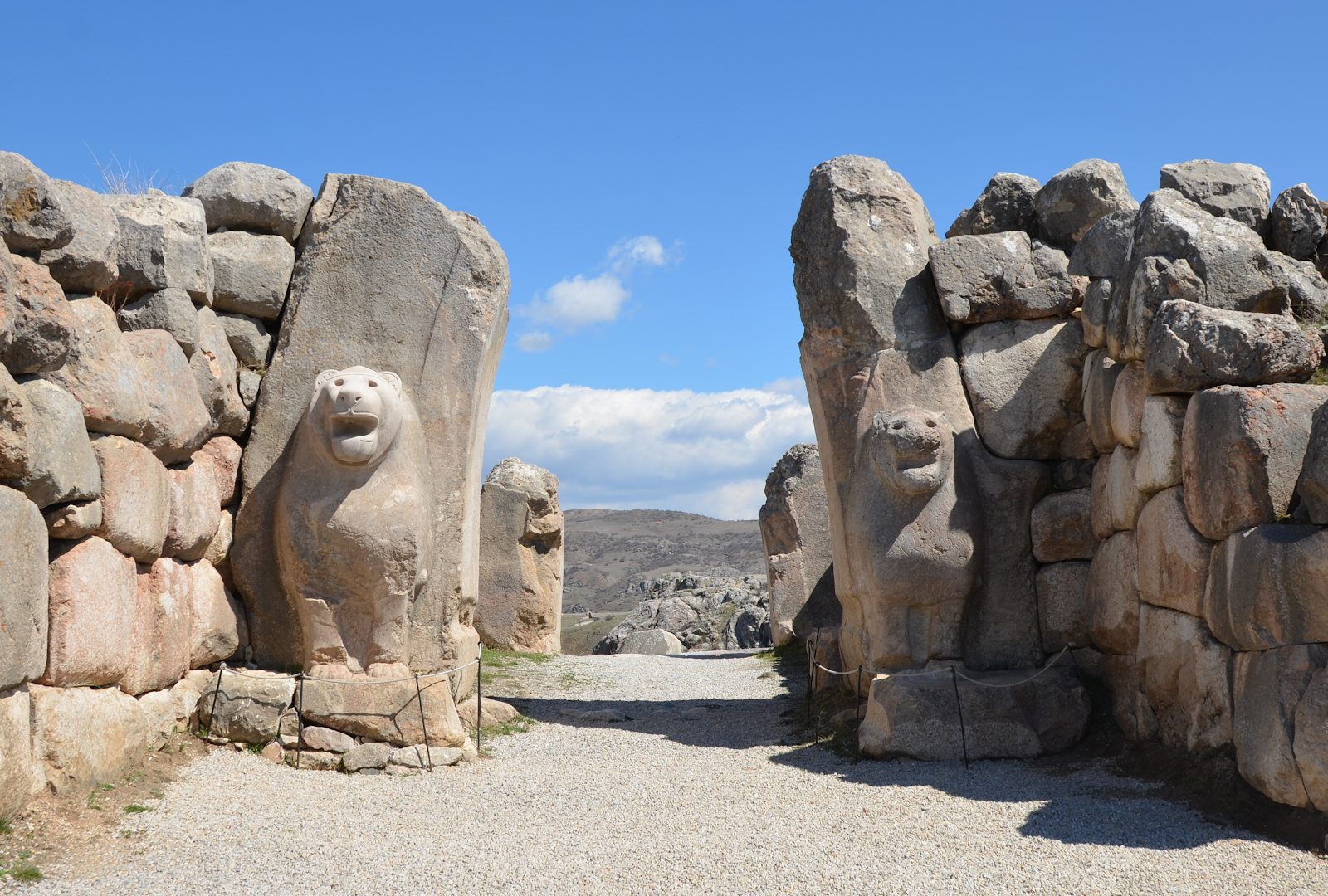Possibility of Indo-Aryan Kingdoms- The Mitanni Empire and the Hittites
Indo-Aryans reside in northern India, Pakistan, Bangladesh, and other neighbors. They were the ones who brought the illustrious Vedic civilization to the fertile Gangetic plains. Their origin in the Central Asian steppes is widely accepted by academia around the globe. These peoples were divided into two branches: one that traveled south to northwest India and another that shifted its efforts toward the Middle East. The Mitanni kingdom and the Hittites are the empires built by the western branch.
The Mitannis and the Hittites were two of the four major powers in the region alongside the Egyptians and Assyrians. Their Aryan roots have been evidenced by the famous Boghaz-koi inscription which mentions the Rig-Vedic gods such as Indra, Varuna, Mitra, and Ashwini Kumars. This inscription dates to at least the 14th century BCE and was found in the capital Hittite city of Hattusa. This is a fascinating find as the gods mentioned here would have made their first appearance in the Rig Veda, written around the 10th century BCE. This proves that the Vedas were written on an earlier date than expected.
The two kingdoms were also known for their invention of chariots. This invention revolutionized warfare as these nimble vehicles were high-speed. This was advantageous to them against their adversaries. Surprisingly, chariots of a similar kind were also used in ancient India during the Vedic period. The ancient epics and other literature mention such chariots immensely.
The language spoken by the Middle Eastern Aryans and the Indian Aryans also share many similarities. Linguist experts believe that the Mitanni and Hittite kings exuded Indo-Iranian and Indo-European elements respectively, especially in their dynastic names suggesting that the language spoken was similar to Sanskrit and ancient Persian.
References
Radhey Shyam Chaurasia, History of Ancient India: Earliest Times to 1000 AD (Atlantic Publishers:2008), pg 12
Lesny V., The Language of the Mittani Chieftains-A Third Branch of the Aryan Group (Archiv Orientalini, Vol 2, Issue 2:1932), pg 257
GA Barton, Unlocking the Secrets of the Hittite Language (Bulletin of the American School of Oriental: 1925), pg 15
JD Prince, The Hittite Material in the Cuneiform Inscriptions (University of Chicago Press, Vol.32, Oct 1915), pg 3
Pictures have been taken from Google Images





Comments
Post a Comment